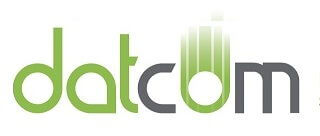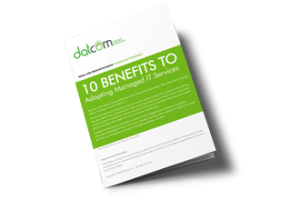It’s no secret that businesses are facing a period of rising inflation. Economists are comparing it to the Great Recession in 2008, but there are key differences. The current situation features higher consumer demand than in 2008, supply chain bottlenecks, and a shortage of labor rather than a shortage of jobs. High demand means businesses have more pricing power, but supply shortages make production more expensive.
Economists are speculating that inflation could rise for years, leaving business owners and managers with tough decisions to make. Tough because the most obvious solutions are so unsavory. The first option is to raise prices, but price hikes drive customers away. The second option is to shave profit margins at the risk of discouraging stakeholders. The third obvious option is reducing quantity, or worse, quality, leading to long-term damage to business growth.
It’s crucial for managers to realize that these responses are all reactive, rather than proactive. If all you do is ride out the storm, someone else will come out on top. A better approach is to see the inflation situation as a strategic opportunity to become more efficient and emerge in a stronger position. The good news is that the tools and insights for actively embracing this opportunity are greater than ever.
A people-centered approach
The economy reflects human relationships. Commerce is people living out their desires and expectations through buying and selling. Raising prices or lowering quality is a lazy way to maintain a company’s relationships with its customers and it does little to inspire confidence in employees and stakeholders.
Here are 3 strategies for rising inflation that are proactive, and people-centered.
Redefine the relationship with your customers
Relationships fail when people feel powerless. Inflation is, by definition, a loss of spending power. Instead of raising prices, businesses should think more about restructuring their offerings to restore a sense of freedom.
Bundling products or services together can make customers feel like they are getting more for their money. Likewise, de-bundling allows them to take only what they need. Or businesses can create a premium version of an existing product at a higher price point so that customers see their usual purchase in a new light.
Instead of relying on big-ticket sales, consider pricing models that are based upon access, such as a subscription to a service, or a frequent buyer’s club. It is easier to keep operations running smoothly when revenue is steady, rather than sporadic. Investors like knowing what to expect and would rather see smaller variations in ROI.
The key here is for businesses to empower customers when inflation is robbing everyone of their sense of freedom. Redefining the relationship with customers is going to require a shift in branding and marketing, however.
Invest in Marketing to Your Existing Customers
Enticing and on-boarding new customers is more expensive than selling to true believers. Raising prices or cutting corners in quality can negatively impact a brand’s identity. A simple illustration of this danger is when brands such as Dollar General or 5 and below must raise prices above the clearly stated brand price point.
While this danger is not so pronounced for most businesses, they cannot expect to redefine the relationship without continuing to communicate with customers. Like any relationship, constant communication is necessary to talk to customers through the period of rising inflation. The good news about modern omnichannel marketing is that it creates more opportunities for two-way communication.
By increasing marketing to existing customers, businesses can ensure that their customers have a better experience and a voice. Customers are less likely to rethink their purchases if they feel like they are part of a community. Recognizing opportunities to engage with customers and create a sense of community will go a long way to keep a business top of mind during an economic downturn.
However, businesses will struggle with strategy and increasing their marketing spend if they cannot find ways to focus their labor costs on these activities.
Implement Automation and Invest in Employee Development
Employees are the most valuable resource available to any organization. Business owners and managers hire people based on their hard skills, documented experience, and the results of an interview. But who can quantify the value of fully alive, fully forward people who are fully invested in the outcomes of an organization? A person with healthy habits and a powerful sense of who they are. It’s far less expensive to develop employees than to churn through them.
On the other hand, it’s hard to develop employees if they are trapped doing boring, mundane, bee-like tasks as mere cogs in the machine. As audacious as it might sound, the key to enhancing business strategy and efficiency in the 21st century is to automate typical office work so that employees can be reborn as important pillars of the organization.


